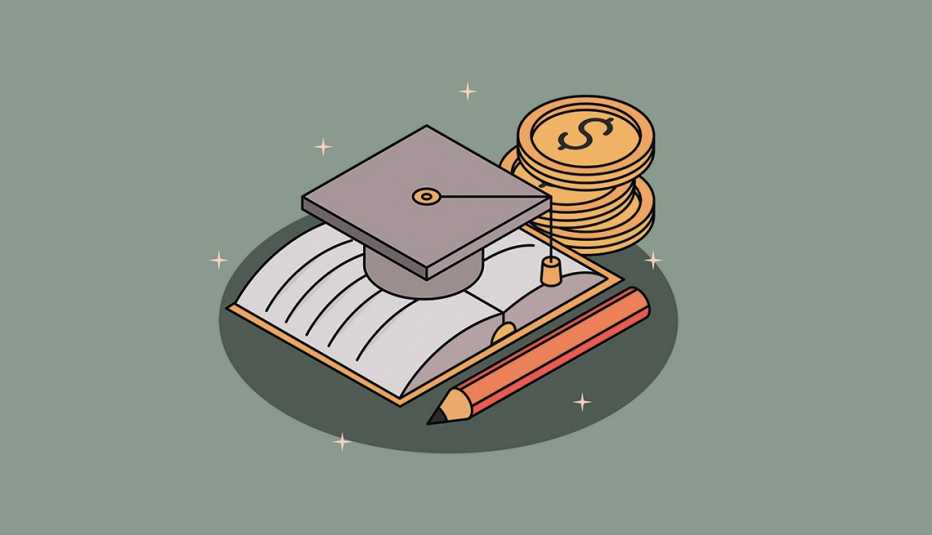Staying Fit


October is here, and soon the leaves will turn color, everything will smell like pumpkin spice, and the payments on your student loan debt will return to full bloom.
Student loan payments were halted in March 2020 as the COVID-19 pandemic raced across the country. The repayment restart date has been moved many times, but there wasn't another postponement this time. Fortunately, interest hasn’t built up on loans during the moratorium.


AARP Membership— $12 for your first year when you sign up for Automatic Renewal
Get instant access to members-only products and hundreds of discounts, a free second membership, and a subscription to AARP the Magazine.
If the loan moratorium helped you make ends meet, that’s great. If it helped you save up for the restart, even better. In any event, you’ll need a checklist to make sure you pay your loan on time.
What to do now
1. Update your information
Start by updating your contact information at StudentAid.gov, the federal student aid website. If you’ve moved, you’ll still owe your student loan payment, even if the bill from your servicer gets lost in the mail. The first bill due in October should have gone out at least 21 days before the due date.
You should also update your information with your student loan servicer. If three-plus years of no payments made the name of your servicer slip your mind, you can look it up at StudentAid.gov.
2. Consider other repayment plans
Income-driven repayment (IDR) plans, which base payments on a percentage of your income, may be more affordable than the plan you have now. Several IDR plans are available, including the new Saving on a Valuable Education (SAVE) plan.
Under the SAVE plan, the amount of income shielded from payments will rise from 150 percent of the federal poverty guidelines to 225 percent. Adjusted gross income (AGI) above that level is considered discretionary income. AGI is your income minus a few deductions, such as educator expenses, student loan interest, alimony payments or contributions to a retirement account.




































































More From AARP
Can You Get Student Loan Forgiveness for a Disability?
The government is removing some barriers for forgiveness
The ABC's of Student Loans
What you need to know before you borrowShould Seniors Take Out Student Loans?
Which new job skills are worth the debt